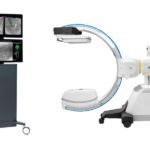
The Evolution of Live Navigation in Spine Surgery
May 15, 2023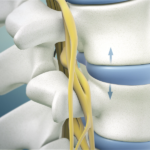
Understanding Degenerative Disc Disease
July 15, 2023Lower back pain is a widespread ailment that affects millions of people worldwide. It can range from a mild discomfort to debilitating pain, significantly impacting daily activities and overall well-being. Understanding the causes, preventative measures, and potential treatments for lower back pain is essential for managing and alleviating this common condition. In this blog post, we will delve into the intricacies of lower back pain, shedding light on its causes, methods of prevention, and strategies for finding relief.
Causes of Lower Back Pain:
- Muscle Strain: Straining the muscles and ligaments in the lower back due to sudden movements, lifting heavy objects incorrectly, or poor posture can lead to acute back pain.
- Herniated Disc: A herniated or slipped disc occurs when the soft cushioning material (disc) between the vertebrae bulges or ruptures, putting pressure on nearby nerves and causing pain.
- Degenerative Conditions: Conditions such as degenerative disc disease, osteoarthritis, or spinal stenosis can contribute to chronic lower back pain as the structures in the spine deteriorate over time.
- Sciatica: Compression or irritation of the sciatic nerve, which extends from the lower back down the leg, can result in intense pain radiating from the back to the buttocks and legs.
Prevention Strategies for Lower Back Pain:
- Maintain Proper Posture: Practicing good posture while sitting, standing, and lifting objects can significantly reduce the strain on the lower back.
- Exercise Regularly: Engaging in regular physical activity, including strength training, flexibility exercises, and aerobic workouts, helps strengthen the core muscles, supporting the lower back and promoting overall spinal health.
- Lift Correctly: When lifting heavy objects, use proper lifting techniques. Bend your knees, keep the back straight, and lift with the legs rather than the back to minimize strain on the lower back.
- Maintain a Healthy Weight: Excess weight puts additional stress on the spine, increasing the risk of lower back pain. Adopting a balanced diet and regular exercise routine can help manage weight and reduce the burden on the back.
Relief Measures for Lower Back Pain:
- Heat and Cold Therapy: Applying heat or cold packs to the affected area can provide temporary relief by reducing inflammation and soothing muscle spasms.
- Over-the-Counter Pain Relievers: Non-steroidal anti-inflammatory drugs (NSAIDs), such as ibuprofen or naproxen, can help alleviate pain and reduce inflammation. However, consult with a healthcare professional before prolonged use.
- Physical Therapy: Working with a physical therapist can provide targeted exercises and stretches to strengthen the muscles, improve flexibility, and alleviate lower back pain.
- Alternative Therapies: Techniques such as chiropractic care, acupuncture, or massage therapy may offer relief for some individuals. However, their efficacy varies, and it is advisable to consult with a qualified practitioner.
Lower back pain is a prevalent condition that can significantly impact an individual’s quality of life. By understanding the causes and adopting preventative measures, such as maintaining proper posture, regular exercise, and proper lifting techniques, one can reduce the risk of developing lower back pain. In case of discomfort, implementing relief measures like heat or cold therapy, over-the-counter pain relievers, physical therapy, or alternative therapies can provide temporary or long-term relief. However, it’s important to consult with a healthcare professional to determine the most appropriate treatment plan for your specific condition. With a proactive approach to lower back health, individuals can minimize the occurrence of pain and enjoy a more active and pain-free lifestyle.

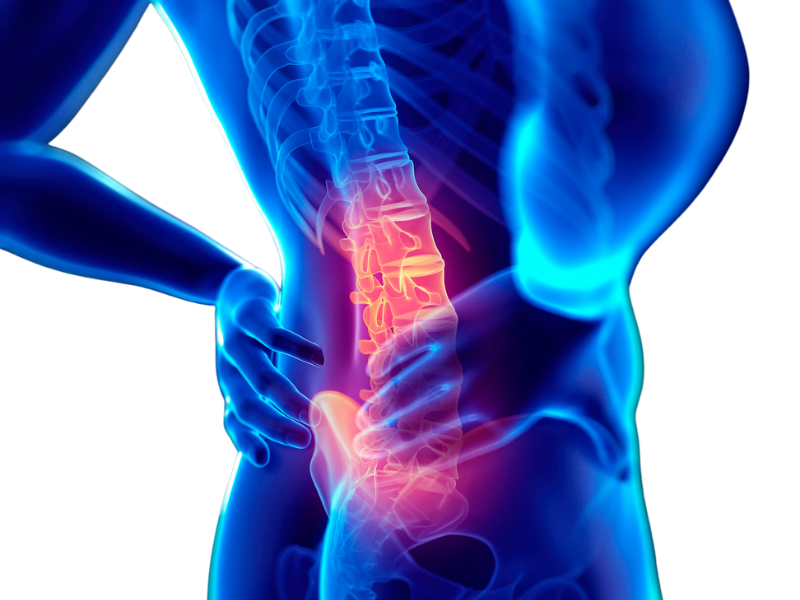
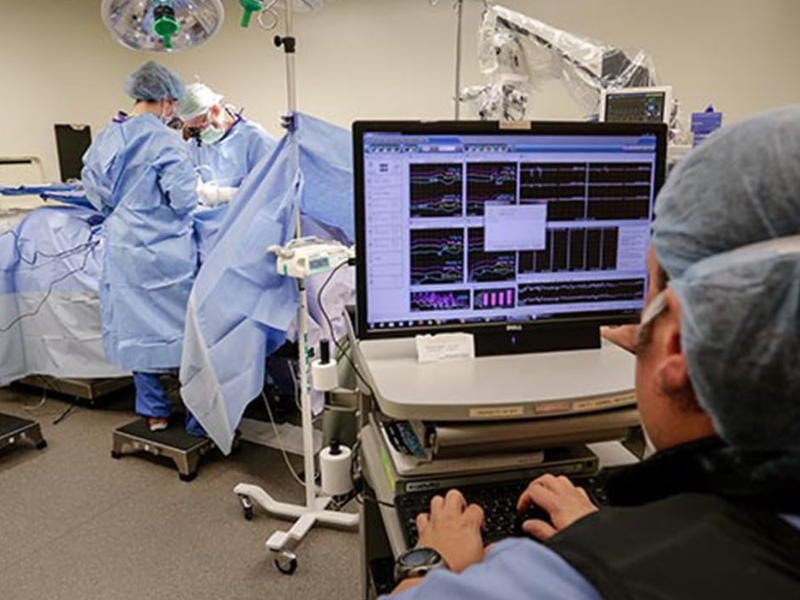
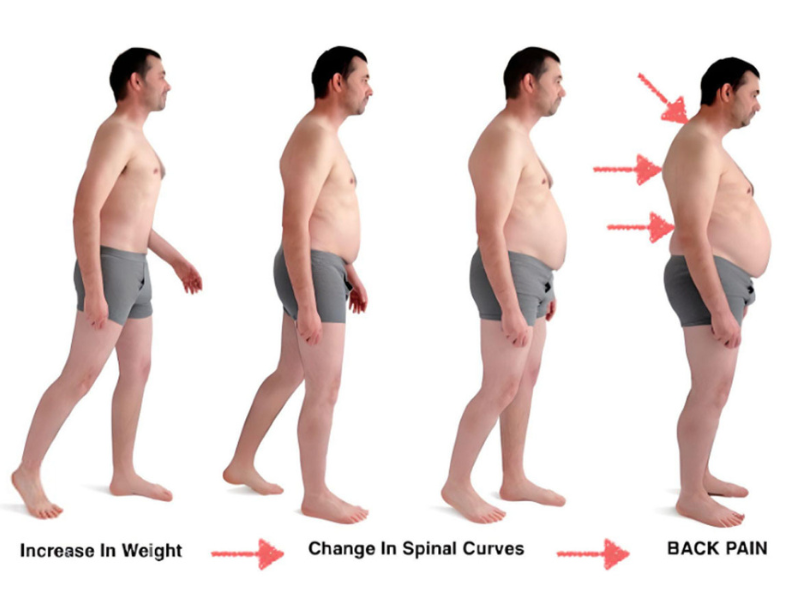
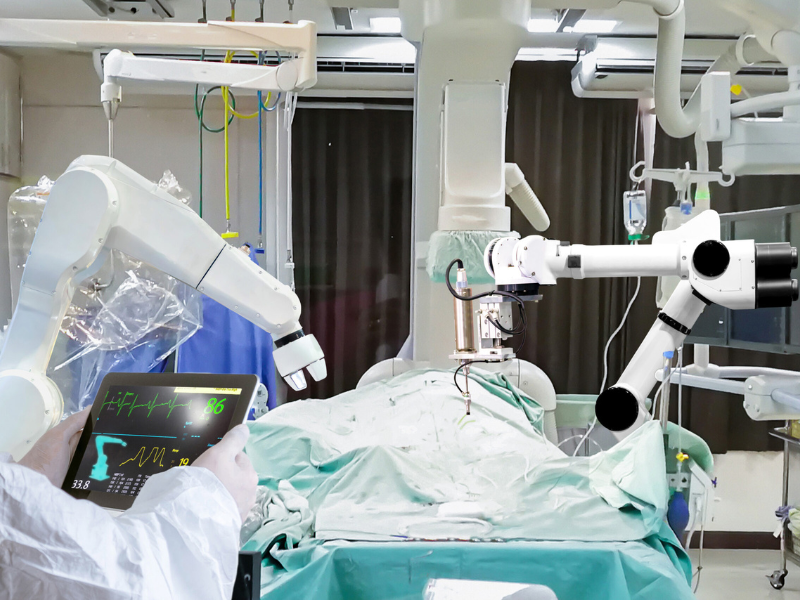

1 Comment
https://telegra.ph/Istoriya-formata-MP3–revolyuciya-v-mire-cifrovoj-muzyki-03-13